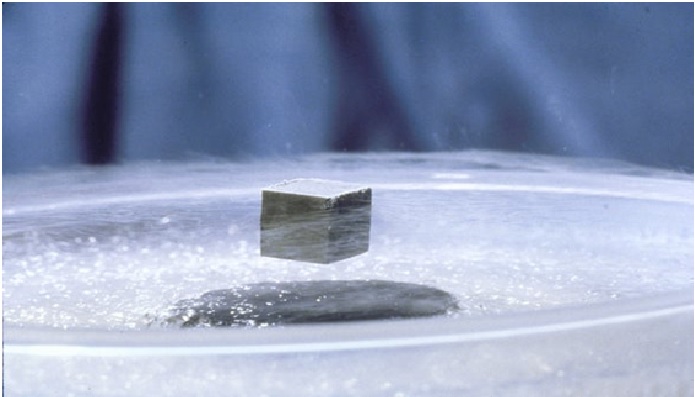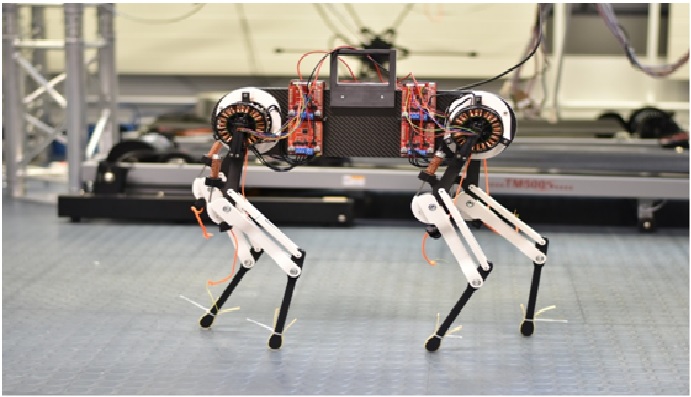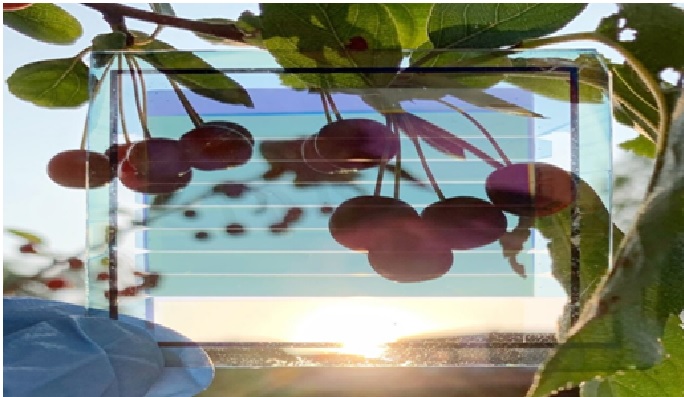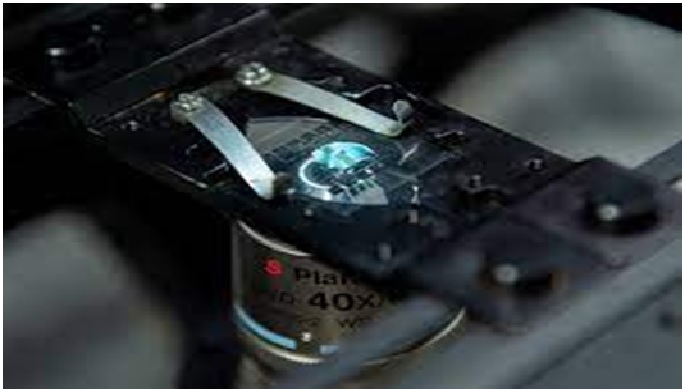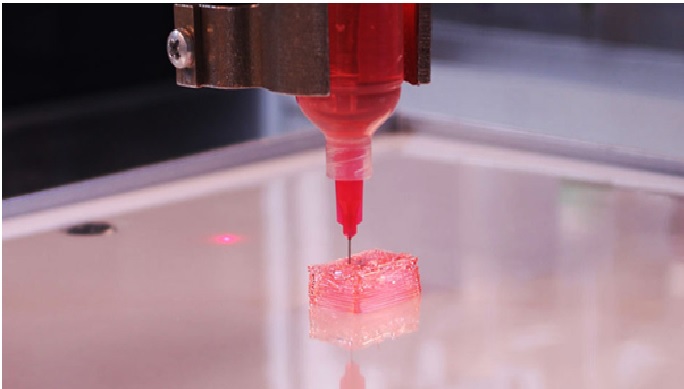The Review of Biodegradable Products: Bioplastics
Plastic is the third most commonly used petroleum derivative in the world; each year 200 million tons of plastic are consumed on the planet. [1] It comes from a non-renewable source (petroleum), it is contaminating and non-biodegradable (it can take more than 1000 years to decompose).
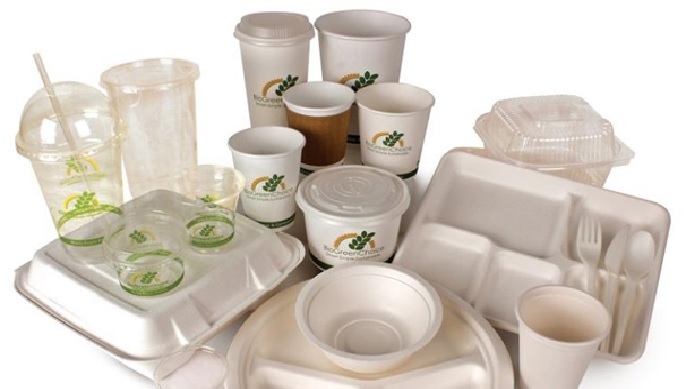
Figure 1. The Biodegradable products [2]
As an alternative, the use of bioplastics is being promoted, consisting in obtaining natural polymers from agricultural, cellulose or potato and corn starch waste.
These are 100% degradable, equally resistant and versatile, already used in agriculture, textile industry, medicine and, over all, in the container and packaging market, and biopolymers are already becoming popular in cities throughout Europe and the United States for ecological reasons: they are known as PHA.
Bioplastics are either:
- made from a renewable resource such as corn or sugar cane (biobased),
- break down completely via a natural process (biodegradable)
- are both biobased and biodegradable.
They are used in the same ways as other plastics: packaging, agriculture, medical, automotive parts, 3D printing and more. [3] Biodegradable plastics also reduce the amount of trash that is sent to landfills as shown in figure 1.
Bioplastics provides valuable updates on the status of bioplastics in the marketplace as well as at research labs around the country. Uncover information on innovation and advancement, market intelligence, consumer perceptions, emerging markets and public policy. Bioplastics are increasingly being used in industry sectors beyond bottling and packaging with many brands discovering their diversity and flexibility. The entire plastics supply chain can benefit from these insights.
The Making Process of Bioplastics
The bioplastic production process is a simple task that can easily be taken up as a DIY activity at home. With simple raw materials like starches, gelatins, agar, vinegar, etc, a sheet or a mold of bioplastics can be prepared.
Following is one simple technique to prepare bioplastics using agar powder. [4] Mix up 3g of glycerol, 12g of gelatin/agar, 60ml of hot water and stir the ingredients together. Heat up the mixtures on medium heat on a stove. Add food colors if you want.
Keep up the heating till the mixture begins to froth and the thermometer shows a reading of 95-degree celsius. Remove the pan from heat and skim out the froth. Pour the mixture on to a smooth surface covered with a foil or even a mold of your choice.
Let the plastic cool and harden for a couple of days.
References:
- https://www.activesustainability.com/environment/what-are-bioplastics/?_adin=02021864894
- https://www.indiatoday.in/education-today/gk-current-affairs/story/forget-plastic-even-bioplastics-may-not-be-better-for-climate-claims-a-study-1407175-2018-12-11
- https://www.plasticsindustry.org/supply-chain/recycling-sustainability/bioplastics
- https://www.greencompostables.com/blog/bioplastics-commercial-uses
Cite this article:
Vinotha D (2022), The Review of Biodegradable Products: Bioplastics, AnaTechMaz, pp.165



